China’s financing and investment spread across 61 BRI countries in 2023 (up...
2024-02-27 31 英文报告下载
Globalization has rewarded financial assets at the expense of real assets, and has pushed companies toward domestic services vs exported goods and profit maximization vs economic productivity. Our top investment ideas focus on the reversal of these trends: Long real assets vs financial assets: own assets that benefit from higher growth and inflation, e.g. commodities, farmland, real estate, collectibles, and precious metals. Long infrastructure and defense: as national security and economic sovereignty dominate policy, own aerospace and defense, energy and water, plus infrastructure. Long small cap vs large, value vs growth: asset-light growth stocks will likely underperform as national industrial policies and import substitution incentivize higher operating leverage, investment in fixed assets, and higher returns to labor…all features of small-cap and cyclical value sectors e.g. industrials, resources and financials rather than tech and healthcare. Long FX and rates volatility: bond volatility has already started to rise (MOVE jumped from 40 to 90 in 2019) and is expected to increase to 150 in coming years with a rising risk of competitive FX devaluations, aggressive fiscal expansion, and more restrictions to capital flows.
We enter the 2020s with a record 90% of Global Fund Manager Survey investors saying the global economy is late cycle. Growth “bears” are bullish on policy impotence, yield curve inversion, trade wars and Brexit, and point to the global recession in manufacturing (global PMI at 49.7) and EPS (-3.7% 12m fwd YoY) as evidence of an imminent slowdown. We leave the 2010s stuck in an economic regime characterized by low growth and low inflation. Real GDP has averaged just 2% in the US, 1% in the EU and Japan, and halved from 12% to 6% in China as it rebalances towards a consumer rather than export-led economy. This is despite historic levels of monetary accommodation since 2009: 768 central bank cuts, US$12.4tn of financial asset purchases and interest rates at 5,000- year lows. What could trigger a recession (bond bubble)? The combination of globalization, lower interest rates and a policy and macro backdrop of maximum liquidity and minimal growth have served to exacerbate wealth inequality, and create a surplus of global savings relative to investment, i.e. extremely low “animal spirits”. Higher debt has also failed to deliver higher growth (note corporations and governments global debt up from US$105tn in 2008 and US$247tn in 2019). Instead, the monetary policy largess of the 2010s induced significant upside (and polarization) in asset prices, but the economic spoils went to holders of capital not workers. A portfolio of bonds and stocks rose from US$100 to US$223, while US$100 of wages rose to US$125. Reliance on monetarism has also meant modern economic expansions are now driven by booms and busts in financial cycles.

标签: 英文报告下载
相关文章
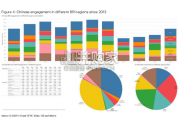
China’s financing and investment spread across 61 BRI countries in 2023 (up...
2024-02-27 31 英文报告下载
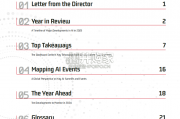
Though the risk of AI leading to catastrophe or human extinction had...
2024-02-26 52 英文报告下载
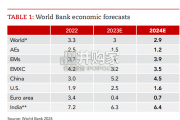
Focusing on the prospects for 2024, global growth is likely to come i...
2024-02-21 96 英文报告下载
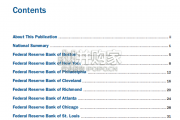
Economic activity declined slightly on average, employment was roughly flat...
2024-02-07 67 英文报告下载
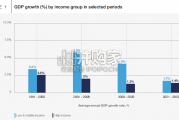
Economic growth can be defned as an increase in the quantity or quali...
2024-02-06 82 英文报告下载
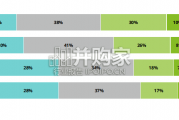
In this initial quarterly survey, 41% of leaders reported their organizatio...
2024-02-05 66 英文报告下载
最新留言